
exhibitionMichael and Chiyan HoKūnlún19.11—16.12.202156 Conduit Street
11:00am—6:00pm56 Conduit Street
The mountains of Kūnlún, in ancient Chinese mythology, are the dwelling place of gods and
fantastic beasts. They are also, of course, an actually existing mountain range. This mystical
locale, situated somewhere between reality and myth, provides a particularly apt window into
the practice of Michael and Chiyan Ho. The duo studied architecture at the Architectural
Association in London before developing an idiosyncratic painting practice that involves
pushing specks of acrylic paint from the back of the canvas to the front to form the backdrop,
then switching to oil to paint the figures on top. In this laborious process, marked by both
formal ingenuity and symbolic fecundity, an enigmatic space—one in which ambiguous
protagonists lie afloat in nocturnal fields of lush foliage—is called into existence.
This in-betweenness is central to the duo’s work, a liminality in no small part rooted in their
experience as second-generation Chinese immigrants living in the UK. Eschewing a didactic
or revisionist approach to representing the diasporic experience, the duo opts for fabulation
instead, and recasts images from the usual orientalist repertoire into new, magical realist
narratives. Greeting the audience at the entrance, three opium poppies stand amid a field of
hazy purple in A Century (2021). An allusion to China’s near-century-long quasi-colonization
resulting from the opium trade, the work exudes a macabre beauty. Echoing this uncanniness is Essence of Stone (2021), a large-scale canvas suspended in mid-air to the left. An East Asian man clad in a cassock-like garment kneels in farewell beside a body in a jade burial suit, a charged scene that affords a rich array of readings. A metaphor, perhaps, for China’s transition from imperialism to modernity as mediated by the influx of Western power and belief systems. The artists have treated the jade burial suit in such a way that each piece of jade,
when examined close up, becomes a landscape. This link between body and environment,
especially when read alongside Insidious by Nature (2021), would seem to belie the artist’s
anti-essentialist critique of cultural formation. The latter work is a portrait of the infamous
Dr. Fu Manchu—more specifically, the version played by Christopher Lee in The Face of Fu
Manchu (1965). As has been written about extensively, the mutating reincarnations of Fu
Manchu constitute a monstrous form onto which Western colonial empire has projected its
polyvalent fear of the Oriental Other, from a perverse yellow peril contaminating the white
race to a mad scientist lusting after the West’s technological prowess.[1] Rendered here on
canvas with a deadpan expression, his narrow eyes gleaming with a yellow hue, the portrait
recuperates this technology of monster-making to expose its historically constructed nature.
Cultural assimilation and creolization, another major theme in the duo’s work, informs a series
of paintings in the right wing of the gallery space, where the artists continue to mine their
figure of the Chinese cowboy. Loosely inspired by the story of Bruce Wang, a native of Yunnan
(a province in Southern China) who adopted the cowboy lifestyle after moving to Texas for
university, these works traffic cowboy iconographies through the same liminal spaces that
pervade all the canvases on view. Presented in fragmented fashion—jeans and underwear left
by the lake, a horse entangled in a bush, a barely recognizable pair of cowboy boots dissolving
in a pool of purple—this group of paintings urges us, with a charged erotic energy, to imagine
the fate of the Oriental cowboy by filling in the gaps on our own.
Figures, in Michael and Chiyan’s tableaux, are almost always elusive. In the largest canvas
work, Blue Dawn (2021), four characters caught in a moment of stillness are separated by a
foreground of overgrown foliage. Sharing a melancholic expression, they are all either looking
away, looking down, or with backs turned to the audience, never confronting the viewer’s
gaze. What are they hiding from? This obscurity, to me, is at once a metaphor for the place of
the Asian diaspora within a predominantly white society and a deliberate withdrawal by the
duo from the (affirmative, sometimes reductive) conventions of representation prescribed by
the contemporary art world to POC painters. They prefer to wield a place of enigma, to speak
in riddles. Like the fabled Kūnlún, where gods and beasts reside, the duo’s work is an ongoing
practice of worlding that breaks away from the dichotomies shaping the quagmire today.
Text by Alvin Li
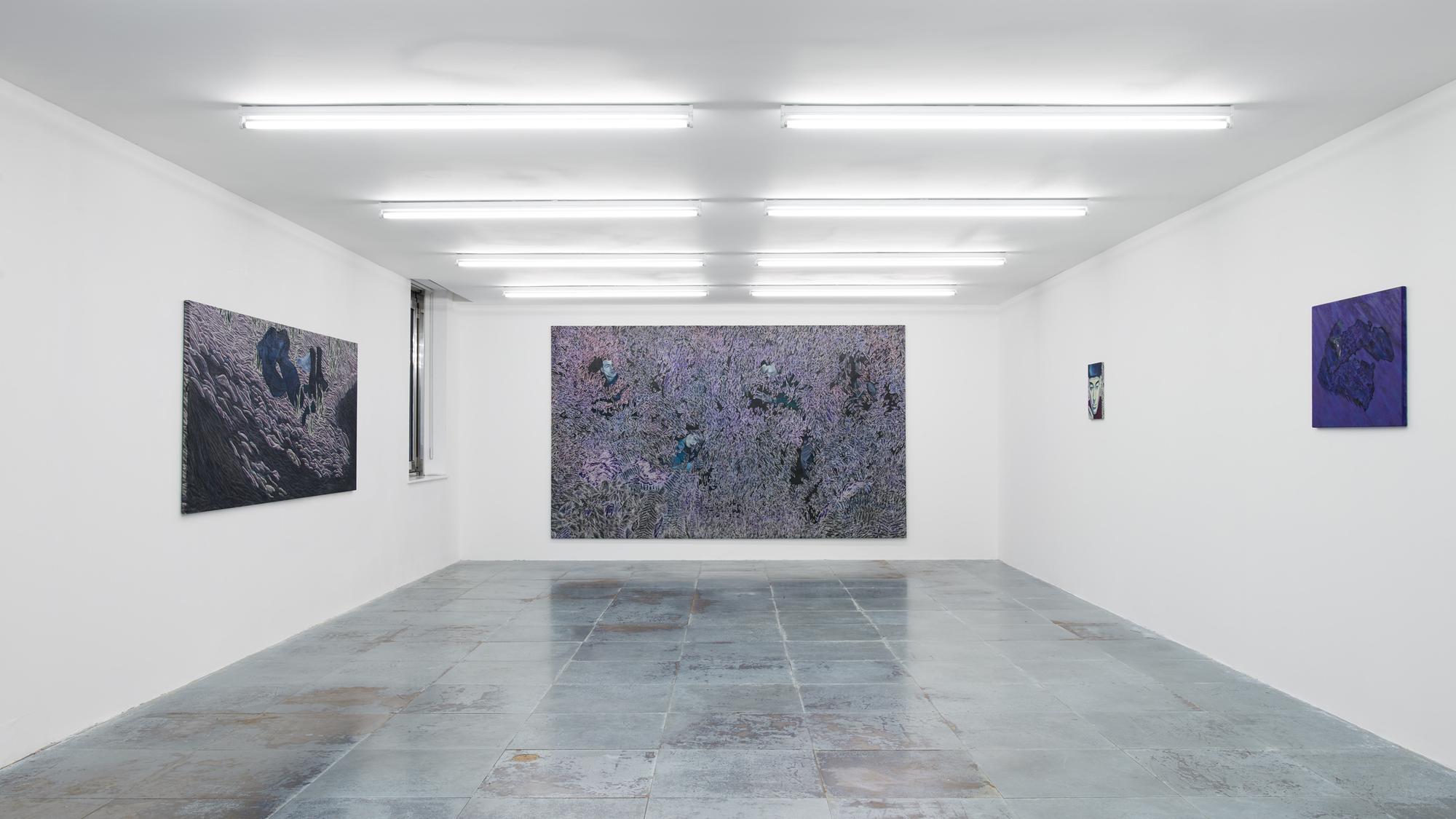
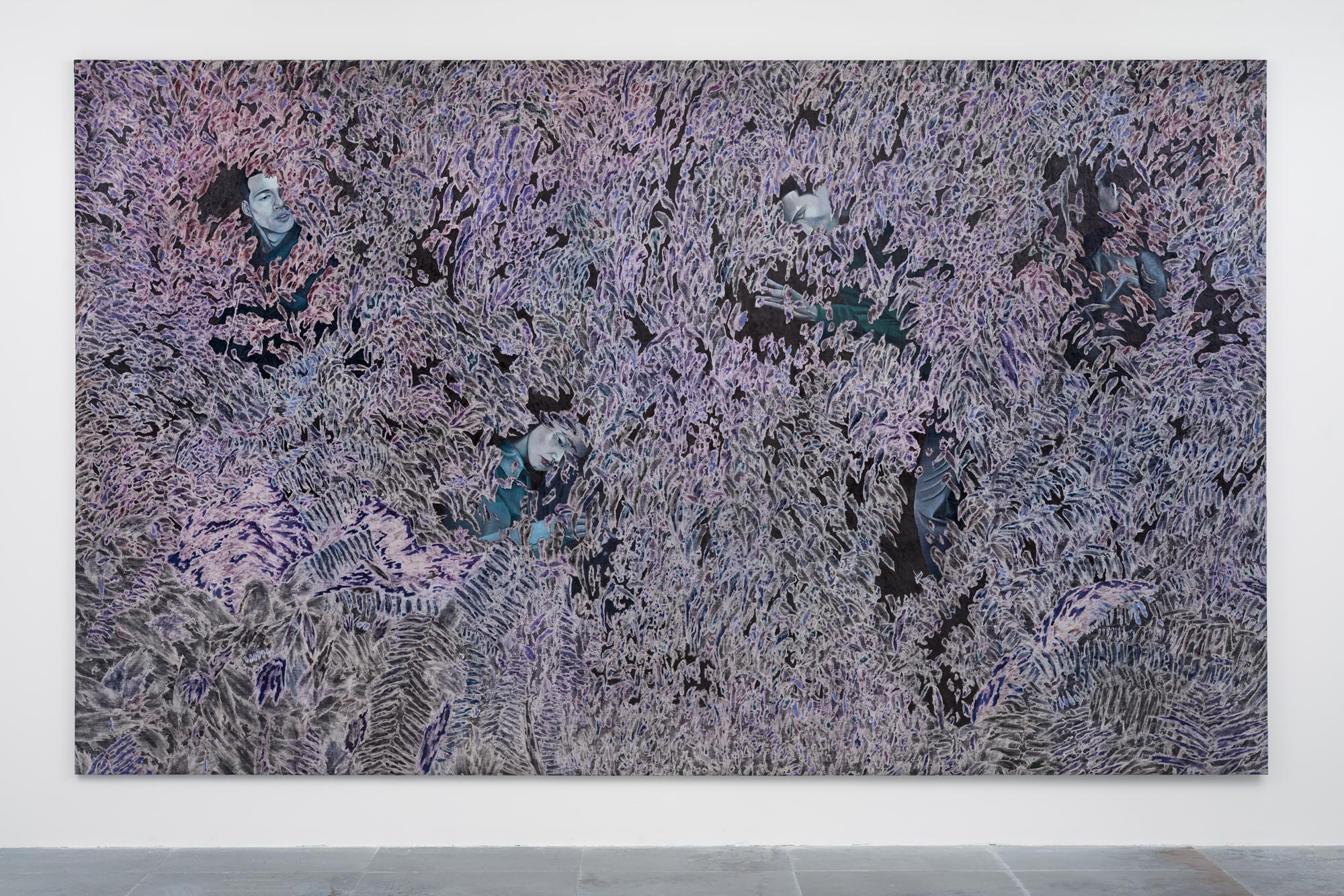
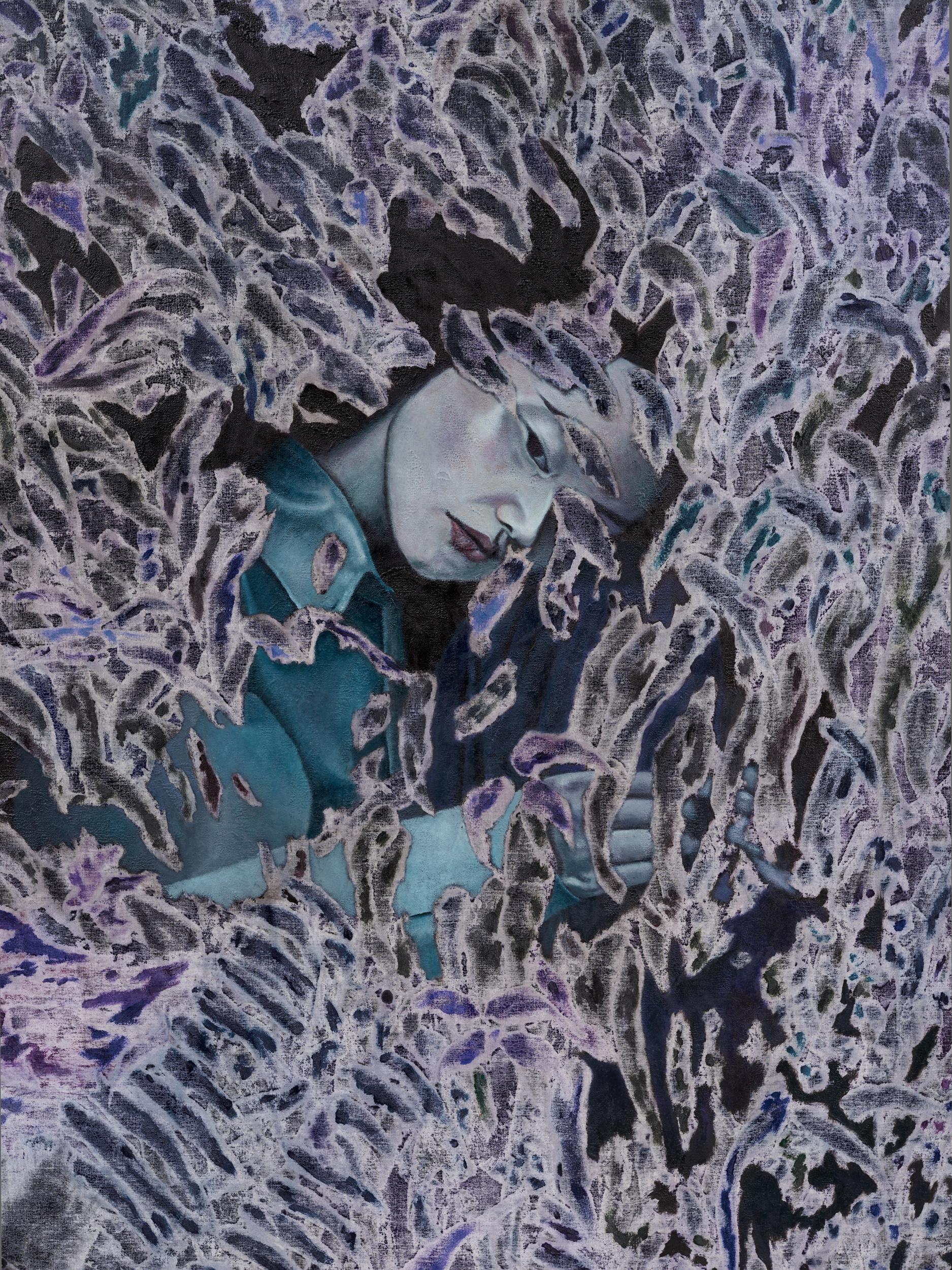
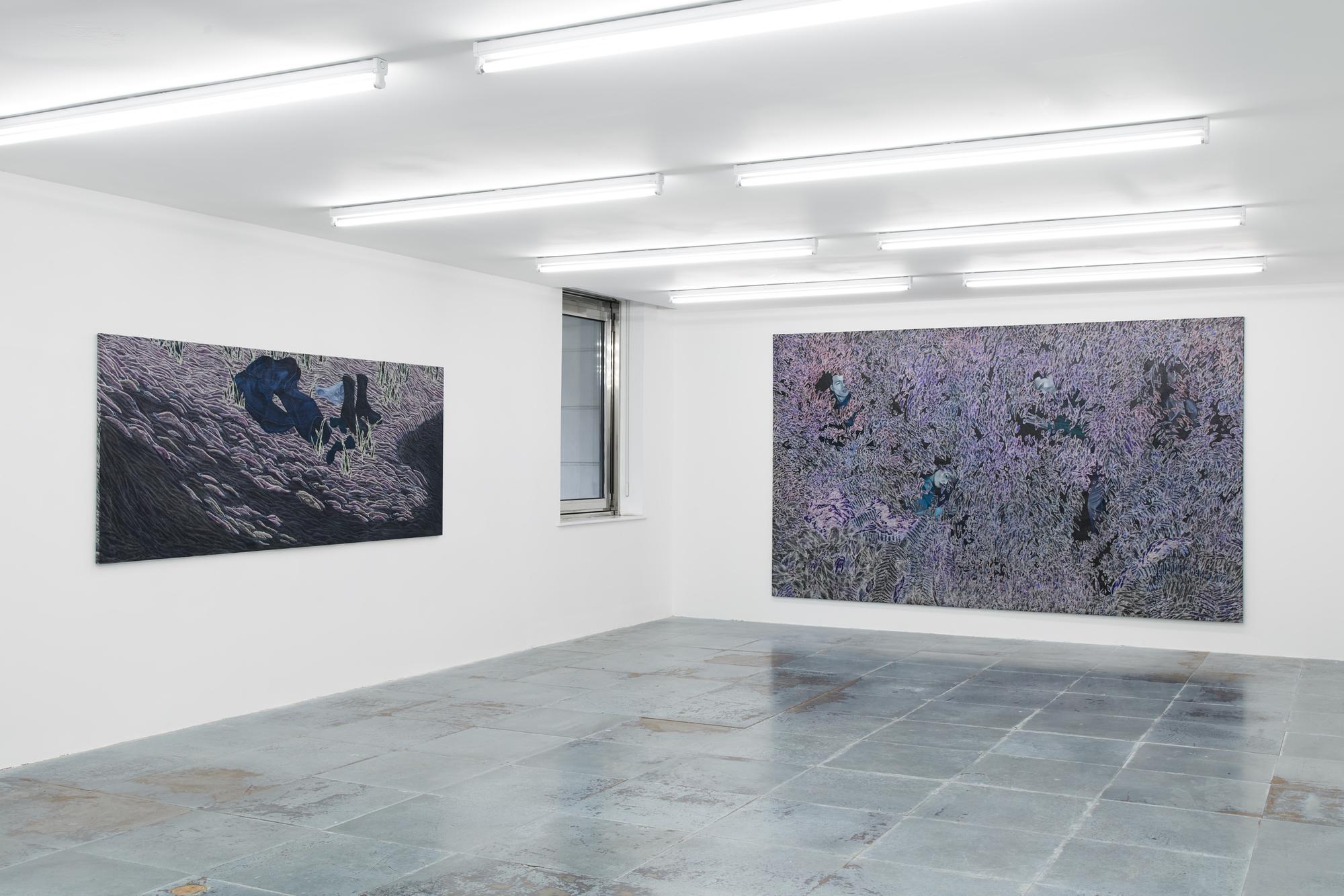
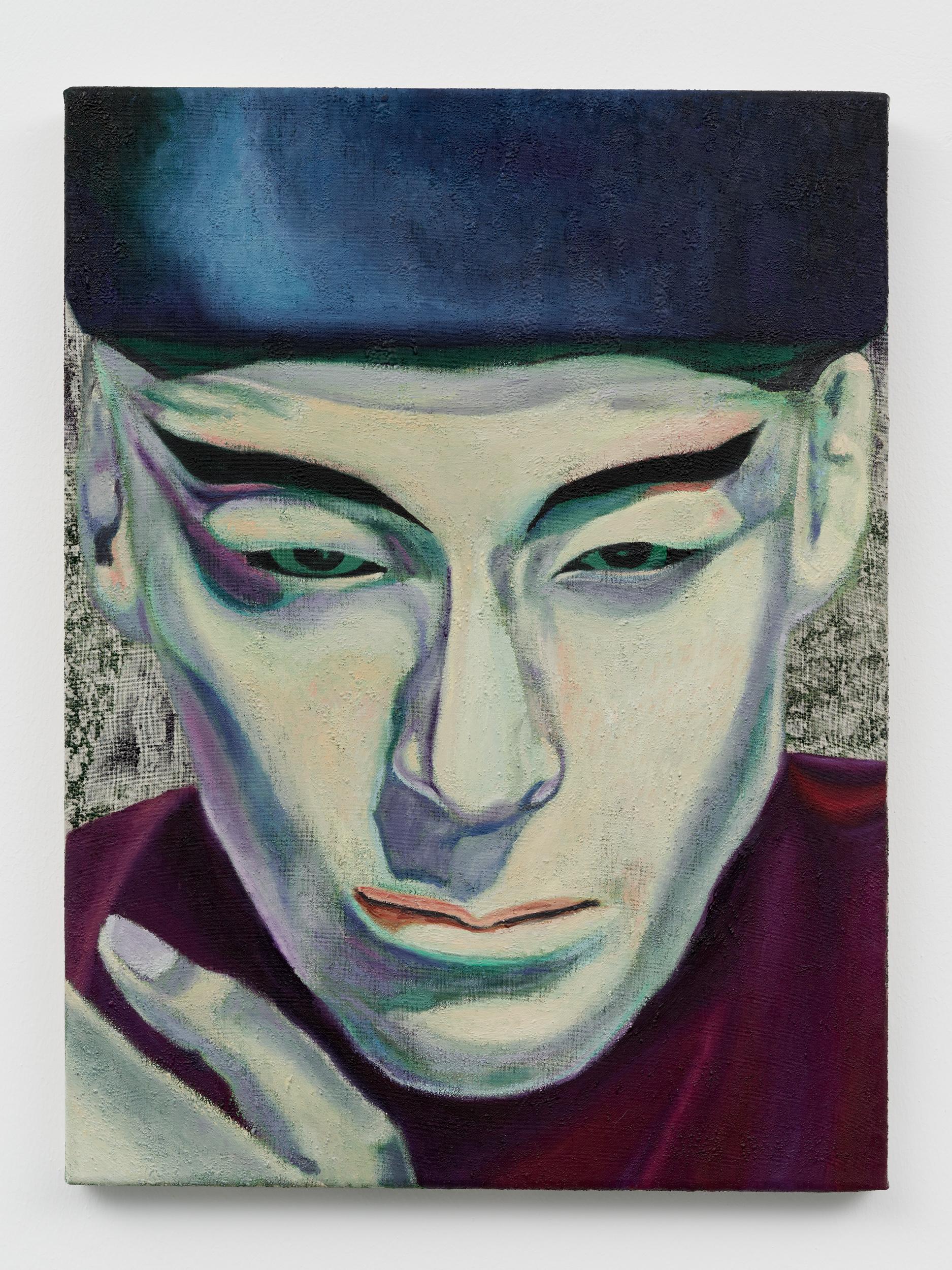

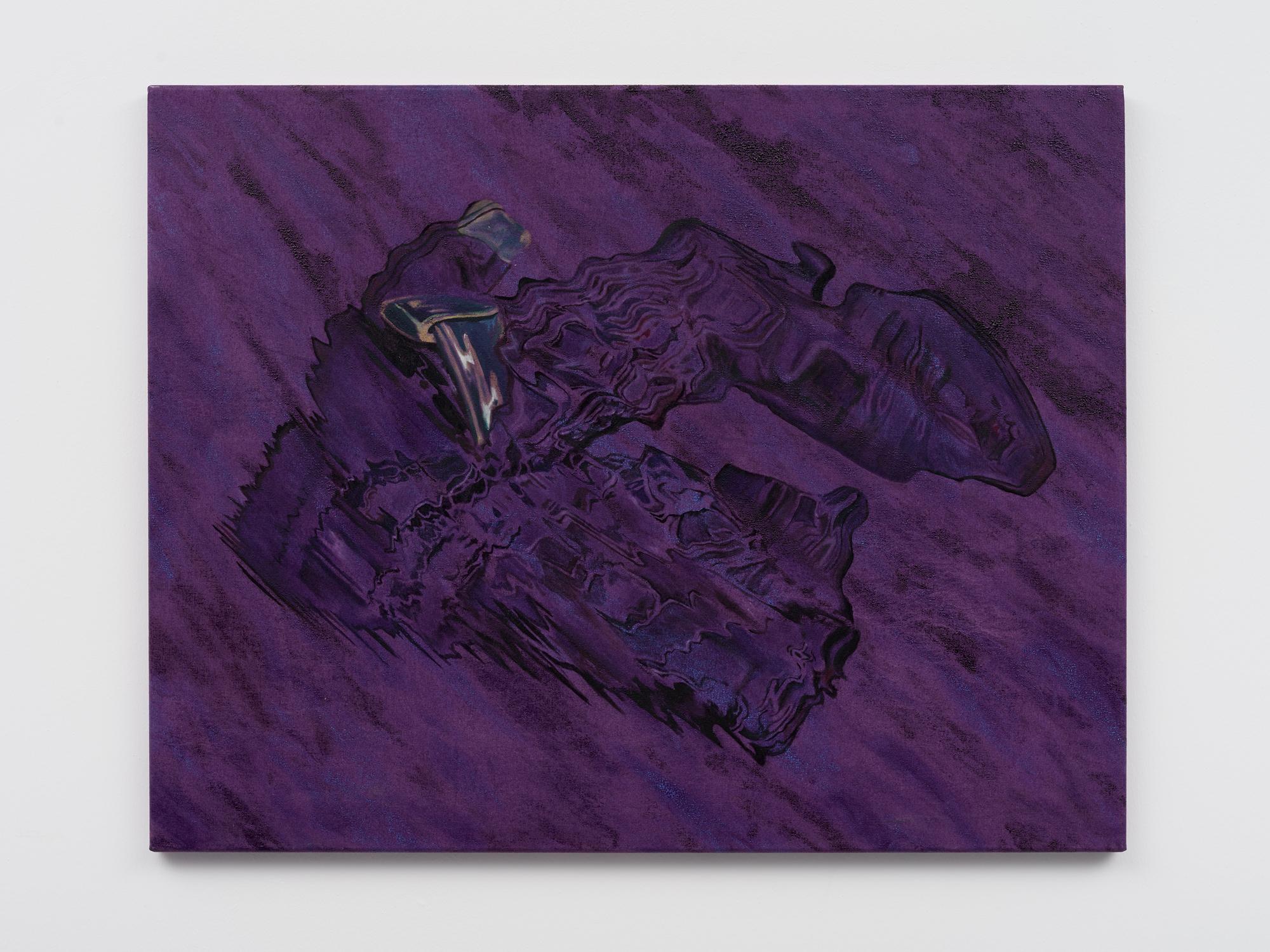
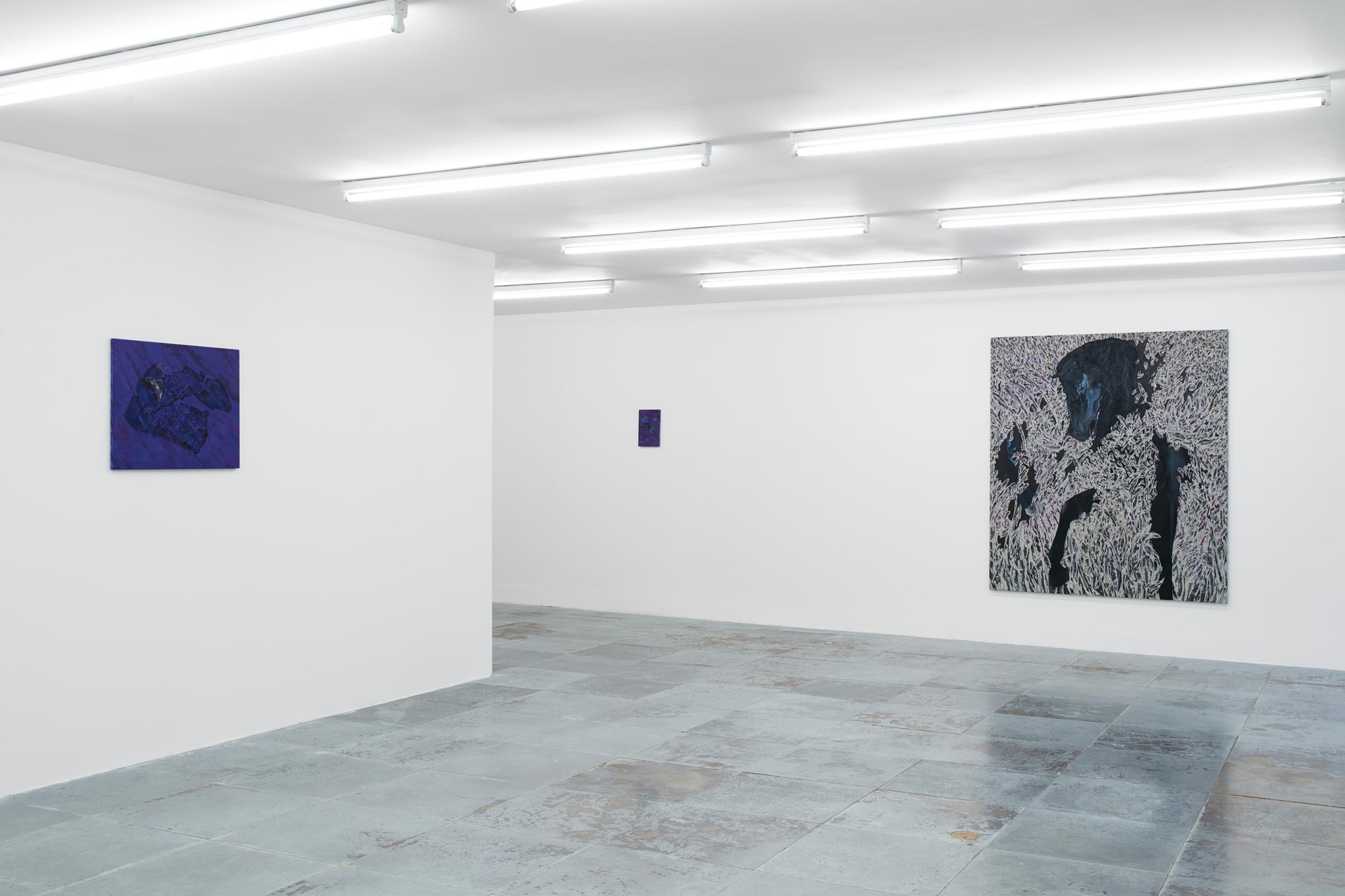
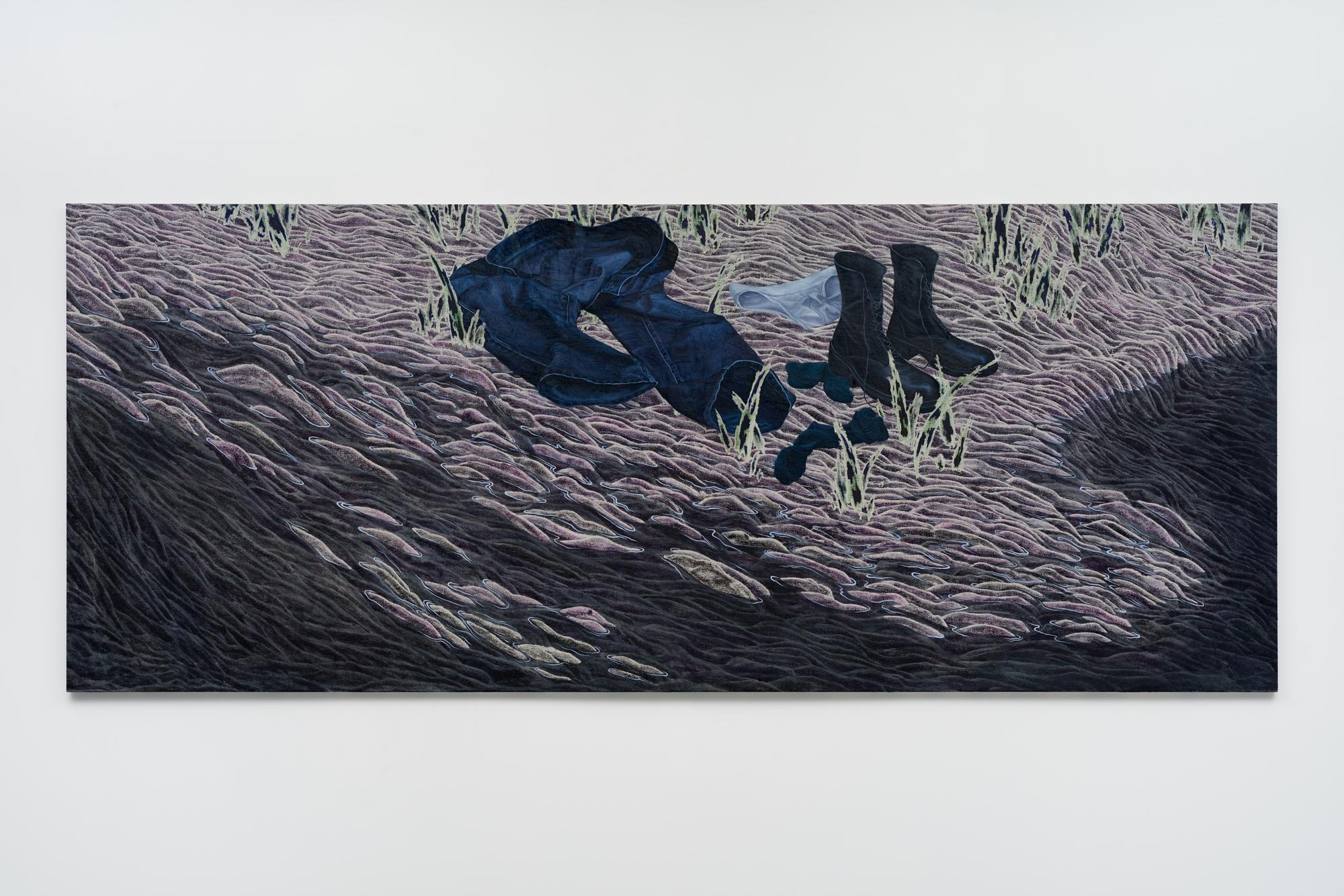
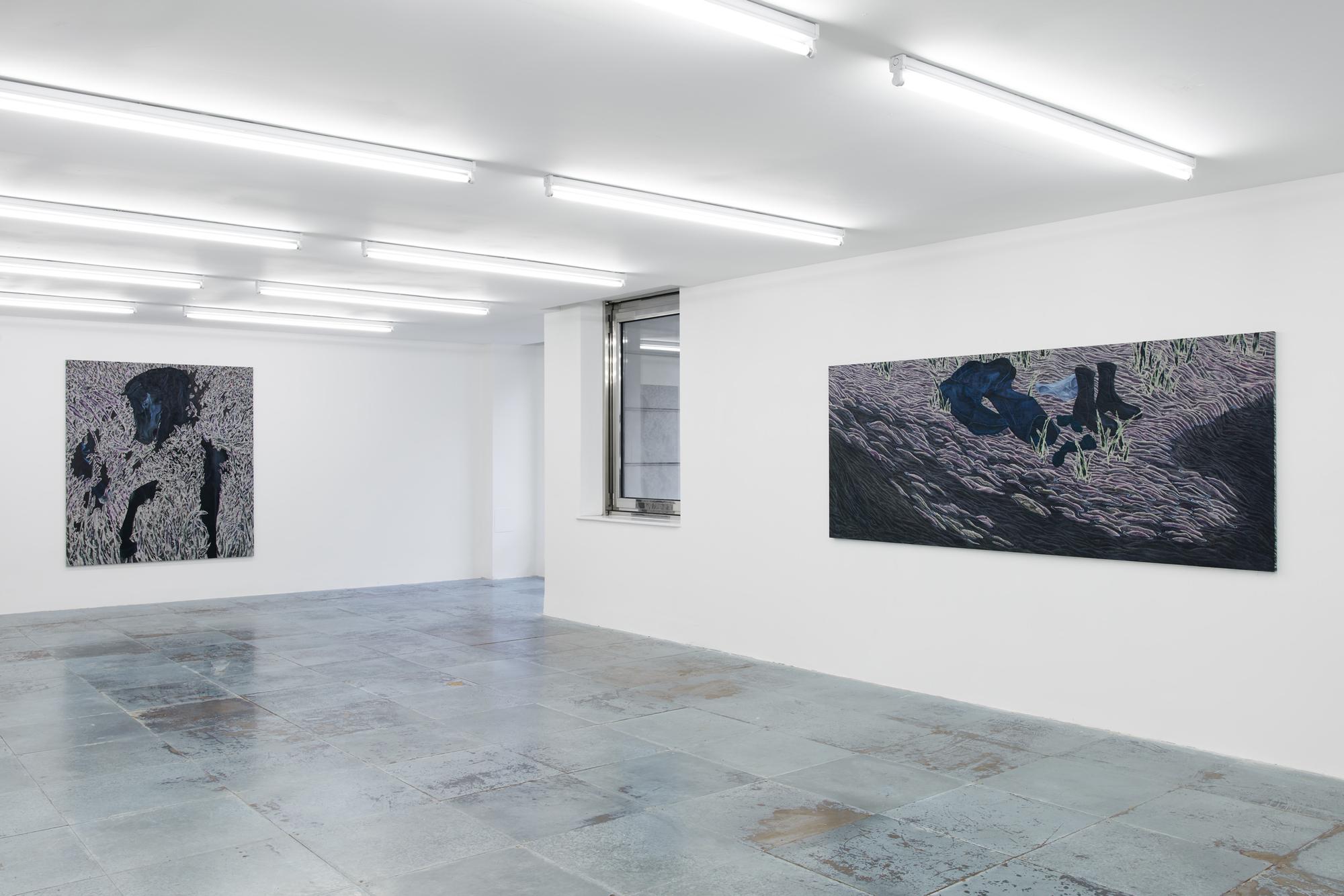
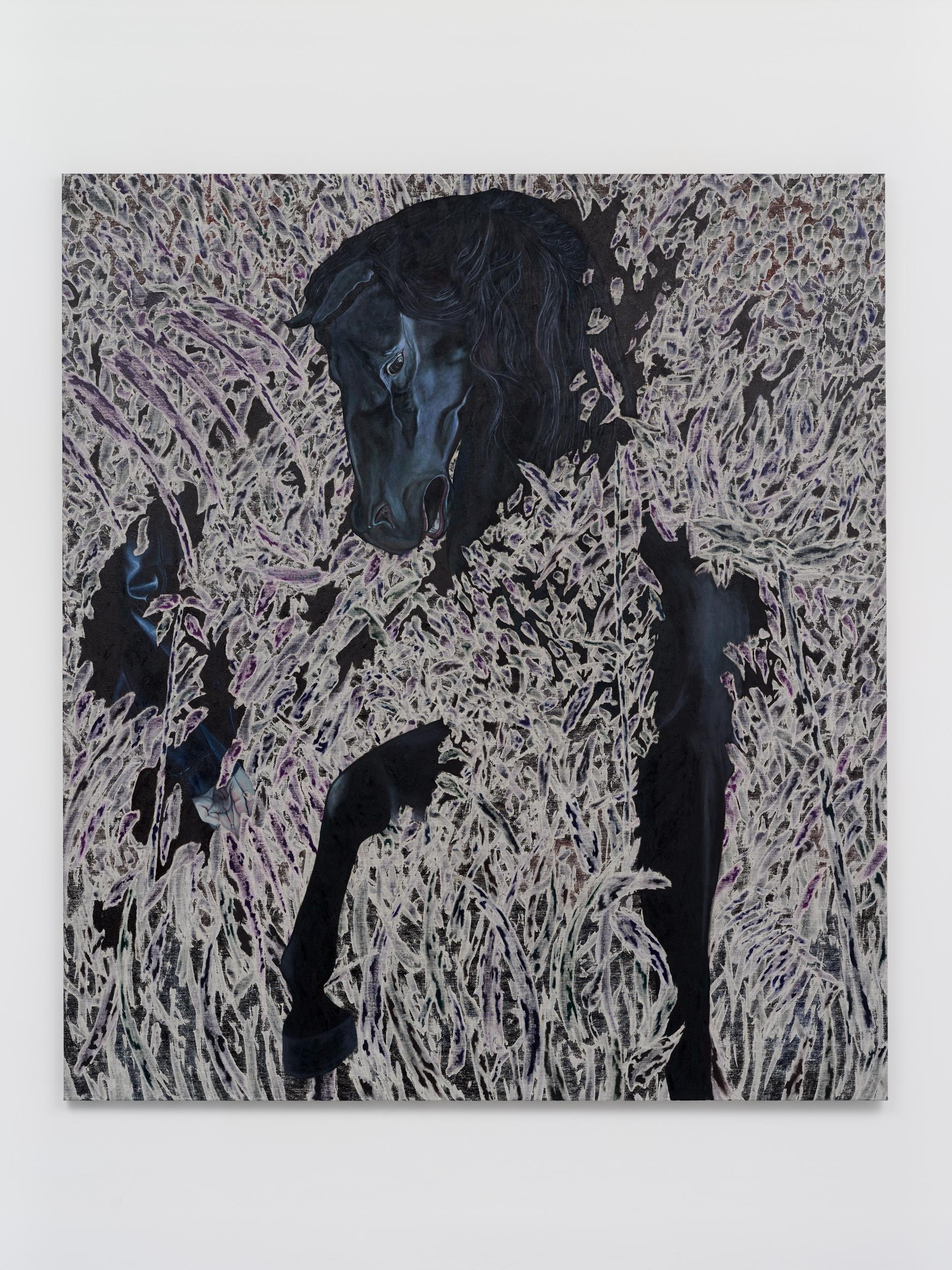
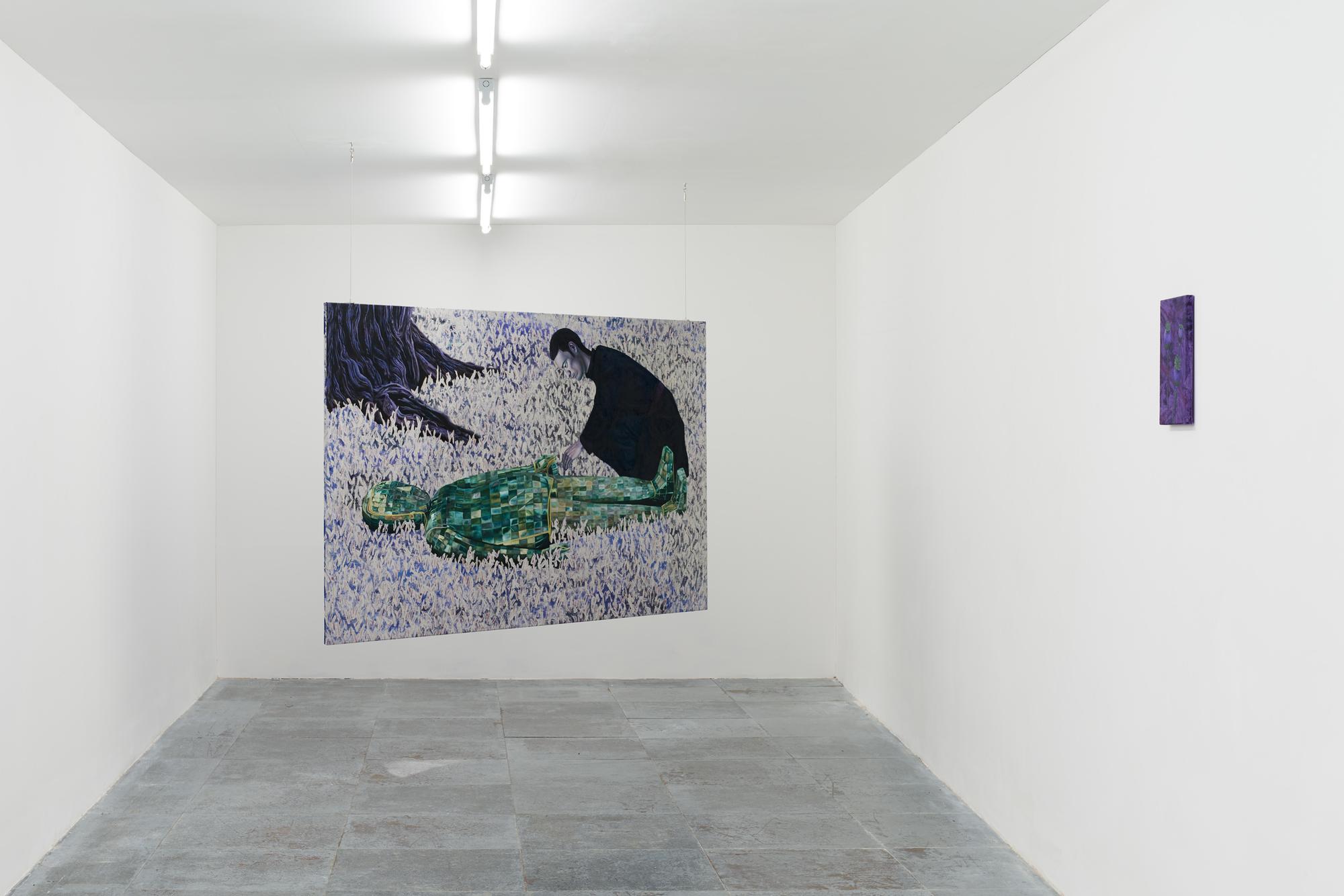














Michael Ho (b.1991, Arnhem, Netherlands) and Chiyan Ho (b.1993, Hertfordshire, UK) live in
London and have worked as an artist duo since 2019. They graduated from the Architectural
Association (London) in 2019 where they both currently teach. Working across different
mediums, their creative practice predominantly focuses on painting. As second generation
immigrants from China, their work explores issues pertaining to the Chinese diaspora, cultural
mismatch and subsequently cultural (re)discovery. Michael and Chiyan’s work has been presented in a solo exhibition as part of Intra-action at Soft Opening, London (2021) as well as group exhibitions including Dazed x Circa Class of 2021, London; Delphian Gallery Open Call 2021, London; Radius at Wirdnachgereicht, Basel (2019); and Figuratively Speaking, an online exhibition curated by Claire Kidd for Kunstmatrix (2020).
Their work has been published in The Editorial Magazine, Hero Magazine, AArchitecture 35,
Compromise and low theory 1 & 2, a bi-annual digital publication by curator and writer Kate
Wong. They collaborated with Iranian artist Reza Aramesh on Centrefold, a weekly collective
art-making event that resulted in a limited edition publication. Recent commissions include
‘Lucky House’, a short film for the ICA / BBC New Creatives program and ‘Echoes from the
Void’ for the Film and Video Umbrella. Forthcoming exhibitions will take place at ICA, London
(2022), Gallery Vacancy, Shanghai (2022), Guts Gallery, London (2022), AORA, Online (2021)
Related
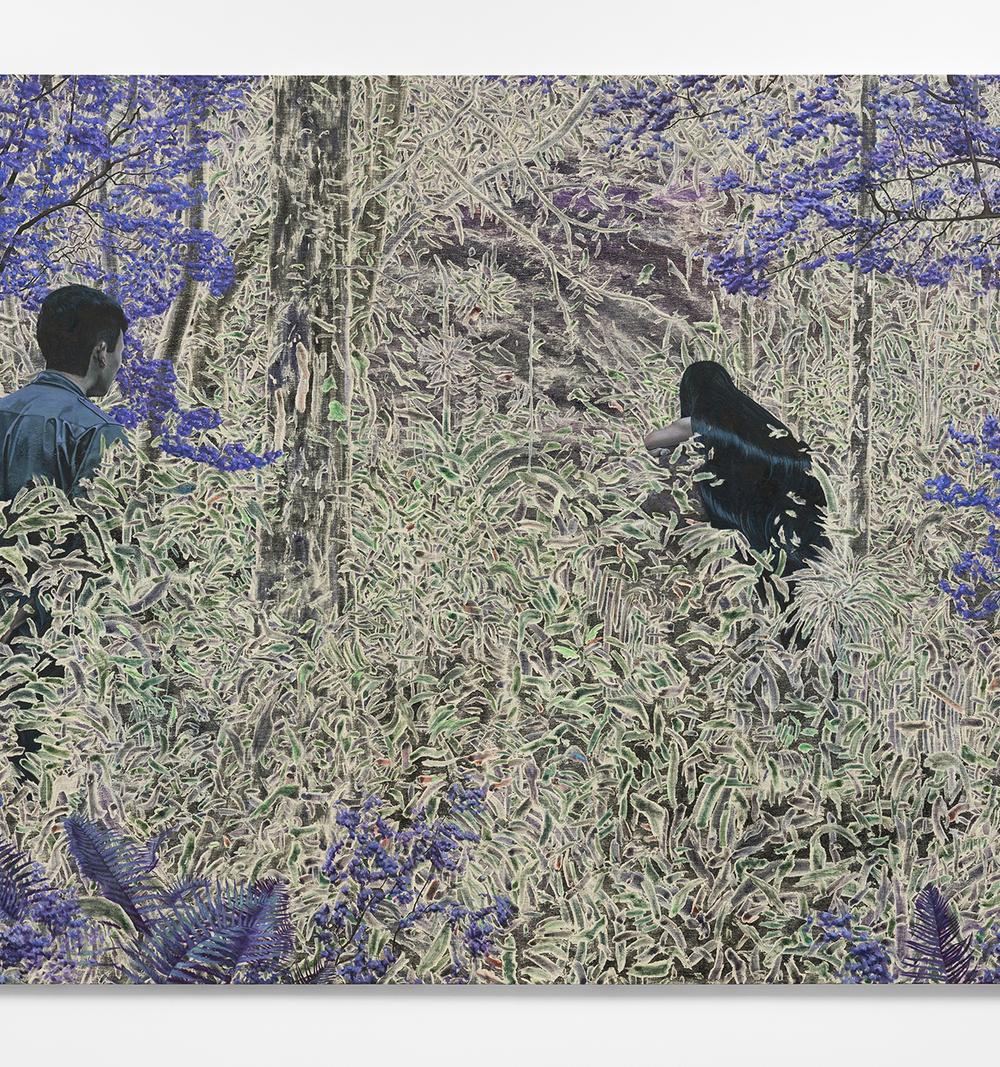 artistMichael and Chiyan Ho
artistMichael and Chiyan Ho